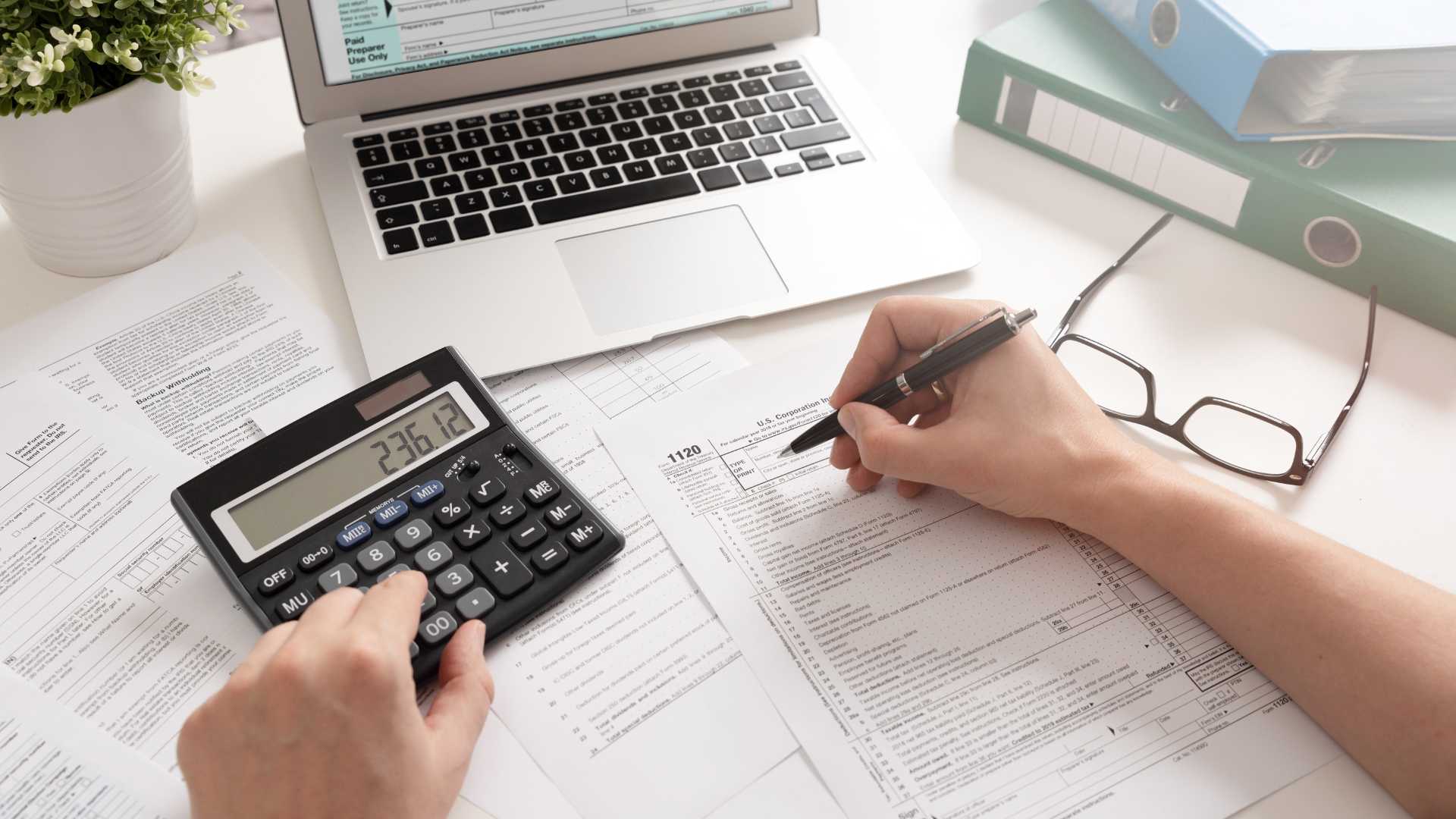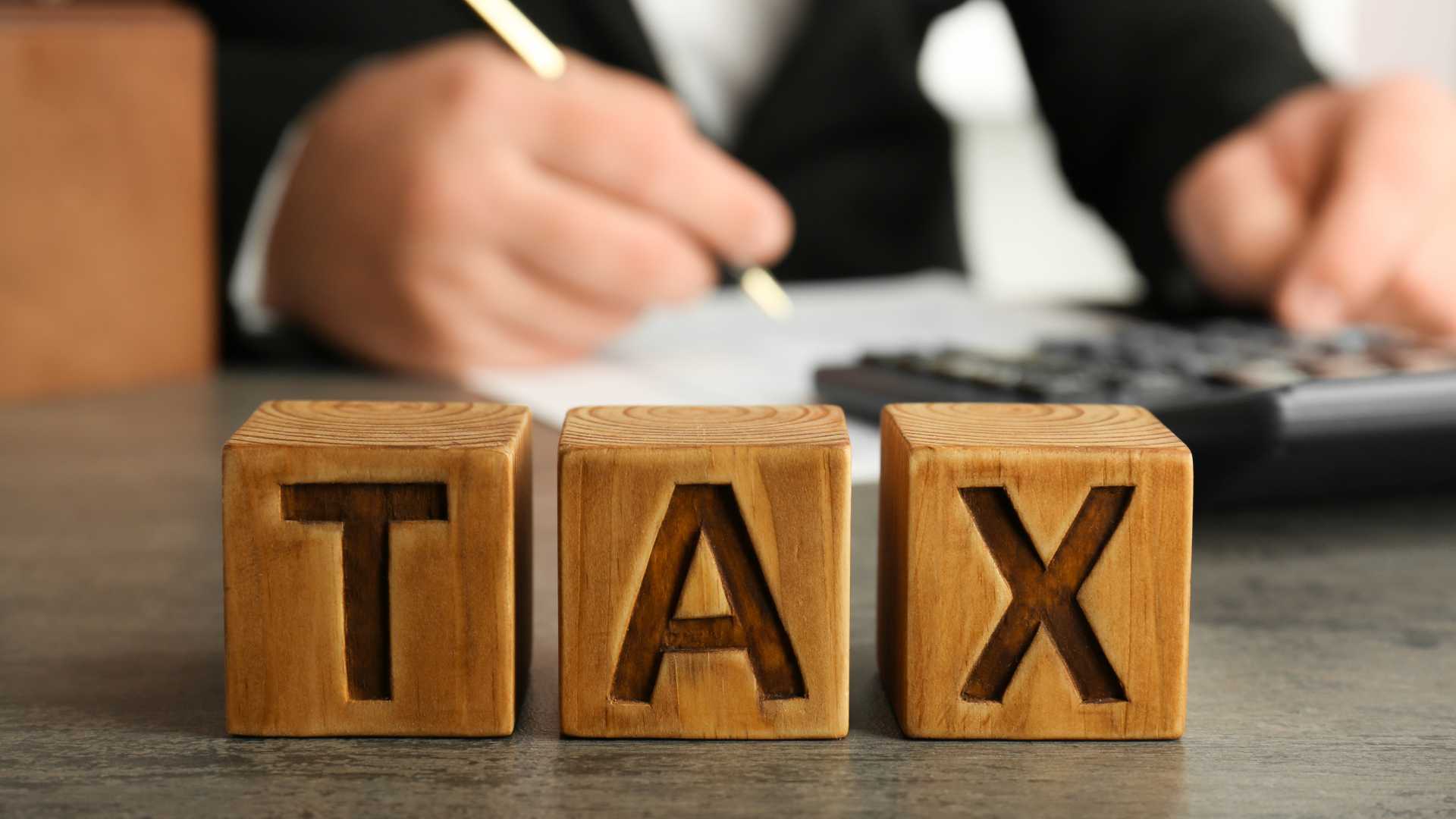
1271L Tax Code | Key Details Every Taxpayer Should Know!
Navigating the UK tax system can often seem daunting, but understanding your tax code is a crucial part of managing your finances effectively. Among the various tax codes used by HMRC, the 1271L tax code is one that many UK taxpayers may encounter. This tax code plays a significant role in determining how much income tax is deducted from your earnings.
In this article, we’ll explore the 1271L tax code in detail, explaining its significance, the key features, and what every taxpayer needs to know to manage it effectively.
Understanding the 1271L Tax Code

The 1271L tax code is a fundamental part of the UK’s Pay As You Earn (PAYE) system, utilised by HM Revenue and Customs (HMRC) to ensure the correct amount of tax is deducted from your salary or pension. Each tax code indicates how much of your tax-free income directly affects your take-home pay. An incorrect tax code can lead to overpayment or underpayment of tax, resulting in a tax refund or a surprise bill at year’s end.
The “1271” in the 1271L code signifies a personal allowance of £12,710 for the tax year, meaning this amount can be earned before income tax applies. The “L” indicates eligibility for the standard personal allowance. This tax code typically suits taxpayers with straightforward circumstances, requiring no special adjustments for additional income or deductions. Understanding your tax code is crucial for effective financial management.
Why the 1271L Tax Code Matters?
The 1271L tax code is vital because it determines how much income tax you pay throughout the year. If your tax code is higher or lower than it should be, it will affect your overall tax liability. A higher tax code, such as 1271L, means that more of your income is tax-free, reducing the amount of tax deducted from your earnings. Conversely, a lower tax code would mean that less of your income is tax-free, resulting in higher tax deductions.
Ensuring that your tax code accurately reflects your financial situation is essential. An incorrect tax code could lead to significant underpayment or overpayment of taxes, potentially causing financial stress down the line. Understanding your 1271L tax code allows you to manage your finances more effectively and avoid any unpleasant surprises at the end of the tax year.
Key Features of the 1271L Tax Code
Income Brackets and Tax Rates
The 1271L tax code is linked to specific income brackets and corresponding tax rates. In the UK, income tax is typically divided into three bands: the basic rate, the higher rate, and the additional rate.
- Basic Rate: For income between £12,710 and £50,270, the basic rate of 20% applies.
- Higher Rate: Income between £50,270 and £125,140 is taxed at 40%.
- Additional Rate: Any income over £125,140 is taxed at 45%.
The 1271L tax code ensures that the first £12,710 of your income is tax-free. After this allowance, the remaining income is taxed according to these brackets. Understanding these rates and how they apply to your income is crucial for financial planning and tax management.
Allowances and Deductions
One of the key benefits of the 1271L tax code is that it includes the standard personal allowance of £12,710. This allowance is deducted from your total income, reducing your taxable income and, consequently, your overall tax liability.
In addition to the personal allowance, there may be other allowances and deductions that can be applied to your tax code. For example, if you contribute to a workplace pension, make charitable donations through Gift Aid, or have certain job-related expenses, these can further reduce your taxable income. Ensuring all applicable allowances and deductions are factored into your tax code is essential for minimizing your tax liability.
Special Provisions
While the 1271L tax code is generally straightforward, there are certain special provisions that can apply under specific circumstances. For instance, age-related allowances may come into play for older taxpayers. Additionally, if you have multiple sources of income, such as a second job or investment income, HMRC may make adjustments to your tax code to account for these.
Another example of a special provision is the Marriage Allowance. If you are married or in a civil partnership and your partner has not fully used their personal allowance, they can transfer up to 10% of their allowance to you. This can be reflected in your tax code, potentially increasing the amount of your tax-free income.
How to Check Your Tax Code?

It’s essential to regularly check your tax code to ensure that it is correct. You can find your tax code on your payslip, P60 or P45, as well as in your personal tax account on the HMRC website. Here’s a step-by-step guide on how to verify your tax code:
1. Review Your Payslip: Look for the tax code listed on your most recent payslip. This code should match the one in your HMRC records.
2. Check Your P60 or P45: Your P60 (issued at the end of the tax year) and P45 (issued when you leave a job) also display your tax code.
3. Log into Your Personal Tax Account: Visit the HMRC website and log into your personal tax account to view your current tax code.
4. Contact HMRC if Necessary: If you notice any discrepancies or are unsure whether your tax code is correct, contact HMRC for clarification.
What to Do If Your Tax Code Is Incorrect?
If you discover that your tax code is incorrect, it’s important to take action promptly to avoid paying too much or too little tax. Here’s what you should do:
1. Contact HMRC: Reach out to HMRC via phone or through your personal tax account online. Explain the issue and provide any necessary documentation, such as details of other income, benefits, or allowances.
2. Provide Updated Information: If your circumstances have changed, such as starting a new job, receiving a pay rise, or claiming new allowances, inform HMRC so they can update your tax code.
3. Keep Records: Maintain records of your communication with HMRC and any changes made to your tax code. This will help you track your tax situation and resolve any issues that may arise.
Conclusion
The 1271L tax code is a critical component of the UK tax system, directly impacting how much income tax you pay each year. By understanding the 1271L tax code overview, how it is calculated, and its key features, you can better manage your finances and ensure you are paying the correct amount of tax.
Staying informed and regularly checking your tax code will help you avoid surprises and keep your tax affairs in order. If in doubt, it’s always wise to consult HMRC or a tax professional to ensure your tax code accurately reflects your financial situation.


